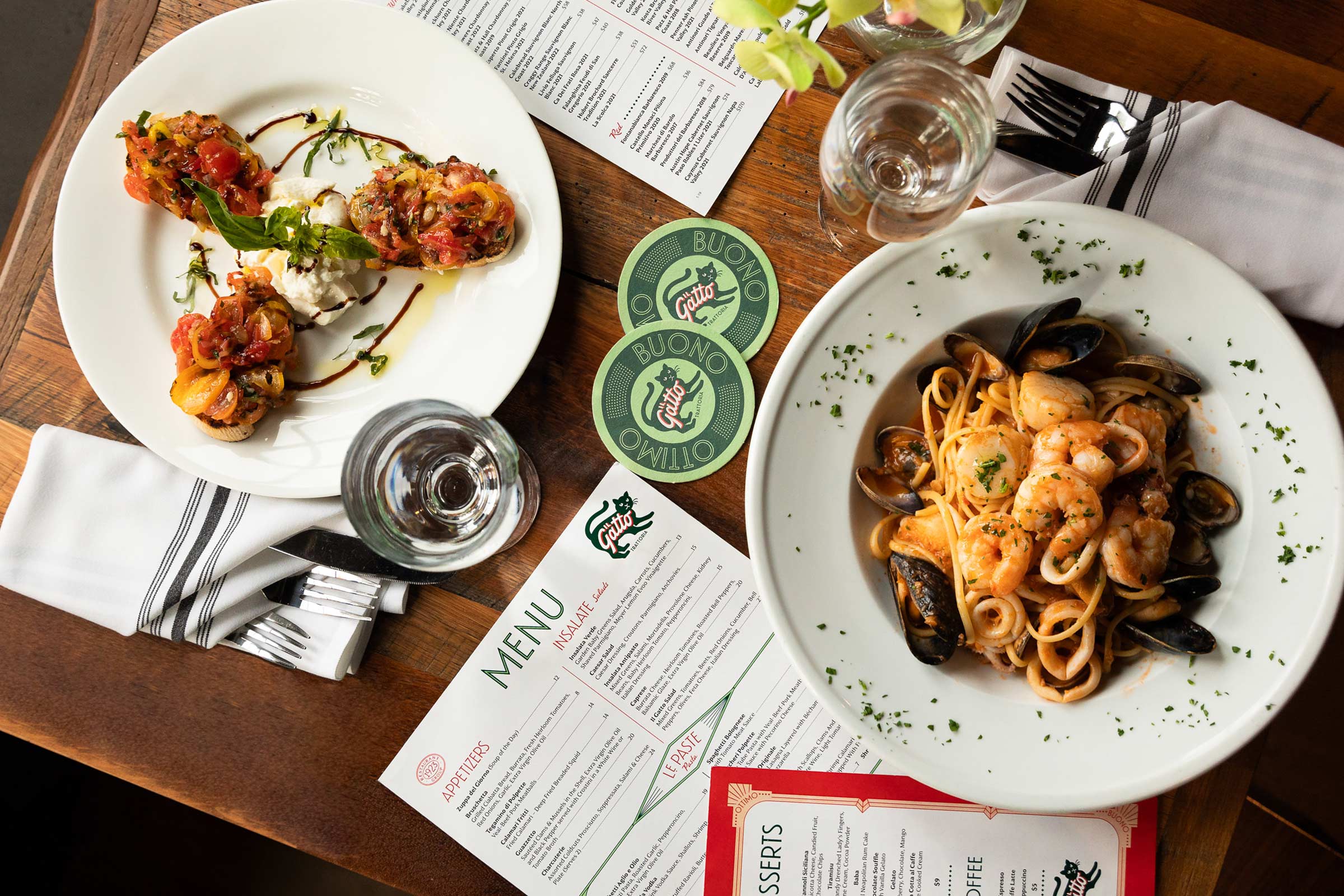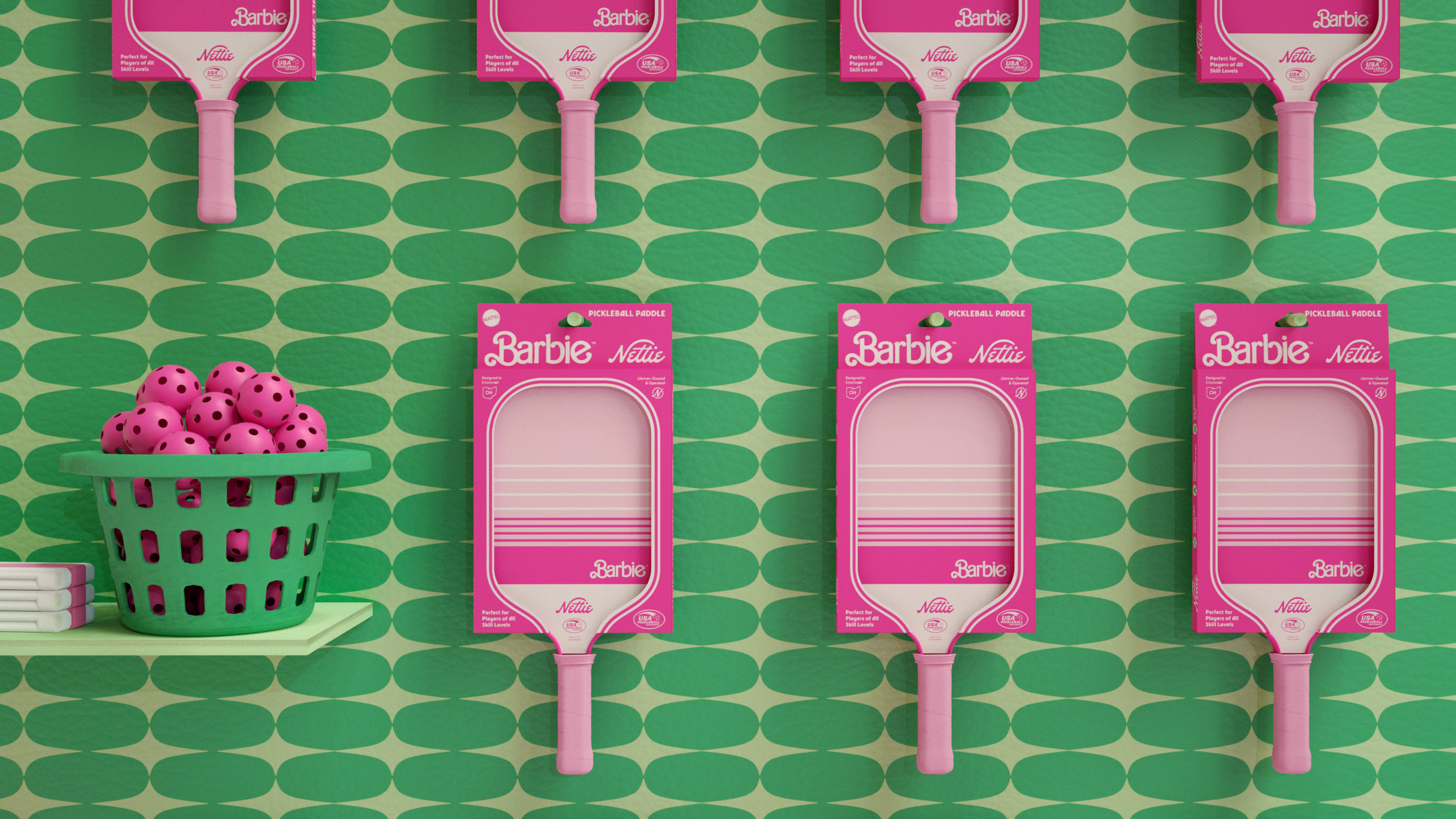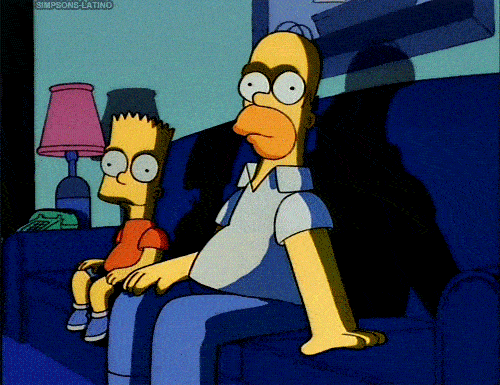Elvis Costello sang it best, “what’s so funny about peace, love, and understanding?” Legit nothing. They’re key to any relationship – even client relationships. (Author’s note: while we will speak in terms of client relations, these same principles can be applied to co-workers, or bosses.) Client relations are like enriched uranium: an effective and powerful thing when handled with knowledge and care. But one little mixup, hiccup, or oversite can blow up a whole project. We all saw Chernobyl (and if you didn’t, ask a friend or loved one for the HBOGo password right now, and get on it). So how do we safely handle and care for these relationships? Cue Elvis Costello. With a little 1.) peace, 2.) love, and 3.) understanding.
A friend of mine always says that to get the full meaning of something you need to look at it from the end to the beginning. So let’s break this down in the key of “understanding” first.
Understanding:
Last year we sent out an email about the importance of communication (you can find it on our blog here). Why is communication so important? Because it’s basic human instinct to want to be – or at least feel – understood. We have to understand our very human clients and why they do what they do. We’re all just meat bags of emotions. Not always rational. Not always objective. Sometimes fallible. But if we take the time to understand one another, and how we best communicate, what we value, and what kind of encouragement we need to feel seen, we can get the best out of one another and THUS (yes I’m about to make a collegiate AF hypothesis) get the best out of the project at hand.
Remember that episode of The Office where Michael Scott takes everyone to the Beach for team building and fun-tivities to find out people’s “indefinable qualities” (“Beach Day” Season 3 Episode 22)? This was one of those rare moments where Michael had a good idea, even if the execution was lacking. There are tons of personality tests you and your teammates or employees can take, one of my favorite being the Enneagram test (Hi, 7 here). But asking your clients to take the Enneagram test feels like asking your Bumble date what their love language is – it can feel a <high pitched tone> touuuuuuch </high pitched tone> too much. So how do we get to know our clients and colleagues?
Step 1: Ask good questions.
Step 2: listen.
Step 3: diagnose and assign treatment.
Do this on the phone or in person. It’s amazing how much more someone will open up to you when they can hear or see you, versus over email where the personal connection is pretty lacking. Talking live also allows you to ask key follow up questions. Often the client doesn’t know as much as they think they do about what they need or how they are perceived. They’re in the fog of war. They can’t quite see the bigger picture, they just know something isn’t working. We’re there to offer an outside perspective as someone with a fresh eye and perhaps an aerial view on the situation.
Most designers, studios, or agencies have a standard list of project kick-off questions they likely ask their clients to get to know them. But beware a canned answer from your client. When they give the standard, boiler-plate response to “what is your company about” or “what’s your goal for this project”, it’s up to you to ask questions that get them to think about the answer from a new and unexpected perspective.
** Fun Fact:** Greta Gerwig did this with her cast while filming Little Women. At the beginning of filming, to break down the barriers and get the cast feeling close as family, she had the actors perform for one another – either a monologue or a song or a parlor trick. This exercise got the cast out of their comfort zones and feeling vulnerable with each other. This vulnerability creates a trust and kinship that you can see on the screen.
At Hoodzpah, when we are doing this Discovery phase with a client (the fact finding stage), we like to come at some of these questions from left field. Our hope being, if we catch our client off guard with an unexpected question, we’ll get an unexpected and never-before-tapped answer that surprises even the client. Our second hope, that this quiz session will lead to some laughs. This session has often turned into a great way for us to break down the wall of trepidation and fear that many clients feel coming into a new project. They’ve come to us because they need help conquering some hurdle that they have yet to find the answer to. Often they are stressed or even panicked about whether this will work, or if we are the right partner. By engaging them in a fun but focused way, we help lift this load of stress from their shoulders, and refocus their thoughts on the potential of the future. Some of our questions look like this:
If your brand/project was the lovechild of 2 famous people, who would they be? Why?
What would your company/project’s WWF walkout song be?
What flavor is your company/project?
What’s your company/project’s patronus?
What are your favorite brands? Why? What are they doing right?
We encourage our clients to think of brands out of their industry as well as in their world. We can learn a lot from looking outside our direct competitive landscape to find tactics and inspiration. Hearing what it is that clients admire or dislike about other companies can give you cues as to what they’re looking for and trying to avoid in their own project.
What kind of brands do your clients use/wear?
Finding out a brand’s ideal audience and the other brands with whom they show allegiance can tell you a lot about their value system. What matters to them and why they buy Nike over Adidas, or Toyota over Ford, or Topo Chico over Pelligrino.
What are some adjectives that describe the personality of your brand?
Often times we’ll go down a list of adjectives and just have the client answer yes or no. This tends to be easier than trying to think of your own adjectives. It also gets the client to consider adjectives they wouldn’t immediately think of. Also finding out what adjectives DON’T describe their brand is just as important as which adjectives DO.
– Are you witty?
– Are you playful?
– Are you intelligent?
– Are you exclusive?
– Are you trendy?
– Are you timeless?
As is the case with anything, if you want to understand, you have to do the research. You have to ask the right questions to get good answers. Our examples above might not be the best for your client. The goal of your questions is to gather a hunk of raw data. From there you can then mine for common threads about:
What the client fears (Terms for failure)
What your client hopes for and admires (terms for success)
What your client values, and what their end client/audience values (which will help you frame the story around why your solution works)
After you gather all the data, it’s up to you as an expert to interpret the info to assign a prescription for it. We’ve all been to the doctor who talks over us and doesn’t let us fully explain what we’re going through before they prescribe us a pill with a name that couldn’t fit on a Scrabble board. We feel frustrated, unheard. We’re worried they don’t understand what we’re experiencing and the pills wont work. That’s why the listening part is so key. But equally odd, would be for a doctor to listen to you describe your symptoms and ailments without offering their own expertise and suggested treatment.
We’ve all Googled our symptoms, been convinced we had life-threatening diseases, then been told by a qualified doctor that we’re just experiencing heartburn (or some version of that). A doctor didn’t go through all their training and experience to be told by patients what their symptoms mean and what treatment they need. In the same way, you can’t expect your client to know the right diagnosis, or the proper treatment for their creative problem. That’s your job as the expert. They might have ideas or suggestions. But you have to interpret their input from your experienced perspective to help them get the right treatment.
That’s why a Discovery recap can be very helpful. This is where you synthesize the information you learned from the client in your kick-off session, draw important conclusions, and map out your plan of attack. We present ours through a slide deck that (A) mirrors to the client the key information they told us, so they feel heard and understood, and (B) diagnoses the client’s problem simply, and (C) prescribes aesthetic and strategic treatment for the problems (how we want to execute the project). This step wins huge buy-in from the client before we even start executing creative. It establishes a trust that you’ll need down the road when you’re presenting the solution.
Stay tuned for part 2 of this series, which will focus on love… or maybe more specifically: passion. When you show passion and excitement for an idea or a project, it’s hard for others not to get caught up in your whirlwind of positivity. It’s like Beatle-mania: one screaming fan turns into millions of hair pulling, ugly-crying, crazy-in-love fans. Positive energy is catching. More to come!
– Amy Hood
Want to start your own creative studio? Or level up the pricing, projects, and process of your current studio/freelance? We cover it all in our book, Freelance, and Business, and Stuff: a Guide for Creatives



